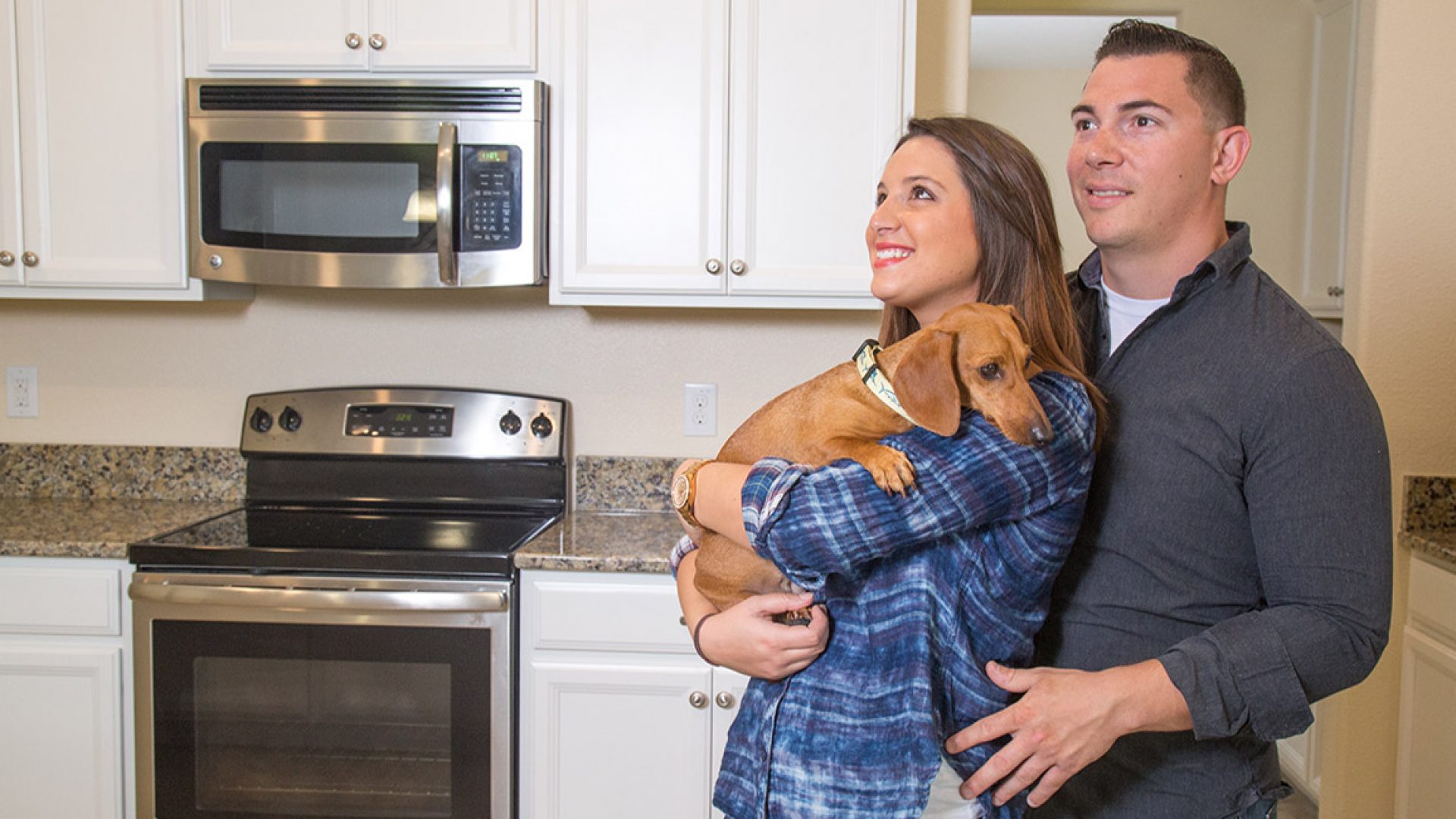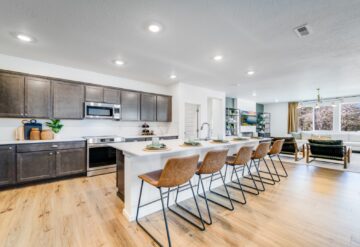Some people have the intent to purchase their home and stay there forever, while others have shorter-term plans . Both are great options to have, but in order to work out smoothly, need to be approached differently. This U.S. News & World Report article by Ray Boss Jr.provides simple guidelines to better position yourself if you’re buying a home that isn’t going to be your “forever” home.
Choosing the Right Home
No matter how long you plan on staying in your house, you always want to make sure you make a strong investment. This not only applies to your monthly mortgage payments and other out-of-pocket expenses, but also to its future resale ability when it’s time to sell.
Location, location, location. To focus on investing in your resale ability, begin by concentrating on the one thing you can’t change – the location of the property. Gather as much information as possible by looking to a number of different sources.
Investigate the neighborhood. If you’re out viewing the home in the day and feel comfortable enough, talk to a couple of the neighbors or go to the closest park and ask people how they like the neighborhood. Try to gauge whether it is on the up or downswing, and ask if there are any major upcoming changes.
Know Your Limits. As for the house itself, you will need to ask yourself just how comfortable you are taking on projects. Keep this in mind: Smaller projects generally elicit a higher return on investment. They are less likely to lead to cost overruns and delays. You will have to evaluate both your willingness to put in sweat equity and hire a contractor, versus wanting a move-in ready house that you may have to pay more for.
Return on Investment
No matter how much you have, throwing money away is never a good idea. But why should a stronger focus be placed on return of investment with a five- to seven-year home versus a forever home? For the simple reason that most projects will be one-and-done and should a project go south and need to be either fixed or completely redone, you have less time to recoup the cost.
Make wise choices. When you buy a house, you’ll undoubtedly have a long list of items to fix and personalize it so it truly feels like your home.
It’s all about the return. According to Remodeling Magazine’s 2015 Cost vs. Value Report, the highest return on investment is likely to be yielded through smaller projects which will enhance the curb appeal of the home, including replacing the front door (101.8 percent), the garage door (88.4 percent), and siding (80.7 percent).
Exterior projects have a great ROI, but simple projects such as painting, decorating, changing handles and fixtures can give the house a personalized facelift without labor costs if you choose to undertake the task yourself.
Find the sweet spot. While you want your house to be aesthetically pleasing inside and out to create both a homey environment while you’re living there and an easier house to sell when the time comes, you also don’t want to overimprove. Take time on the weekends to visit open houses in your neighborhood to see what improvements are generally being made, and then follow the sales online to better judge what is creating the best resale value.
[Read the full article: Your Next Home Doesn’t Have to be Forever]




